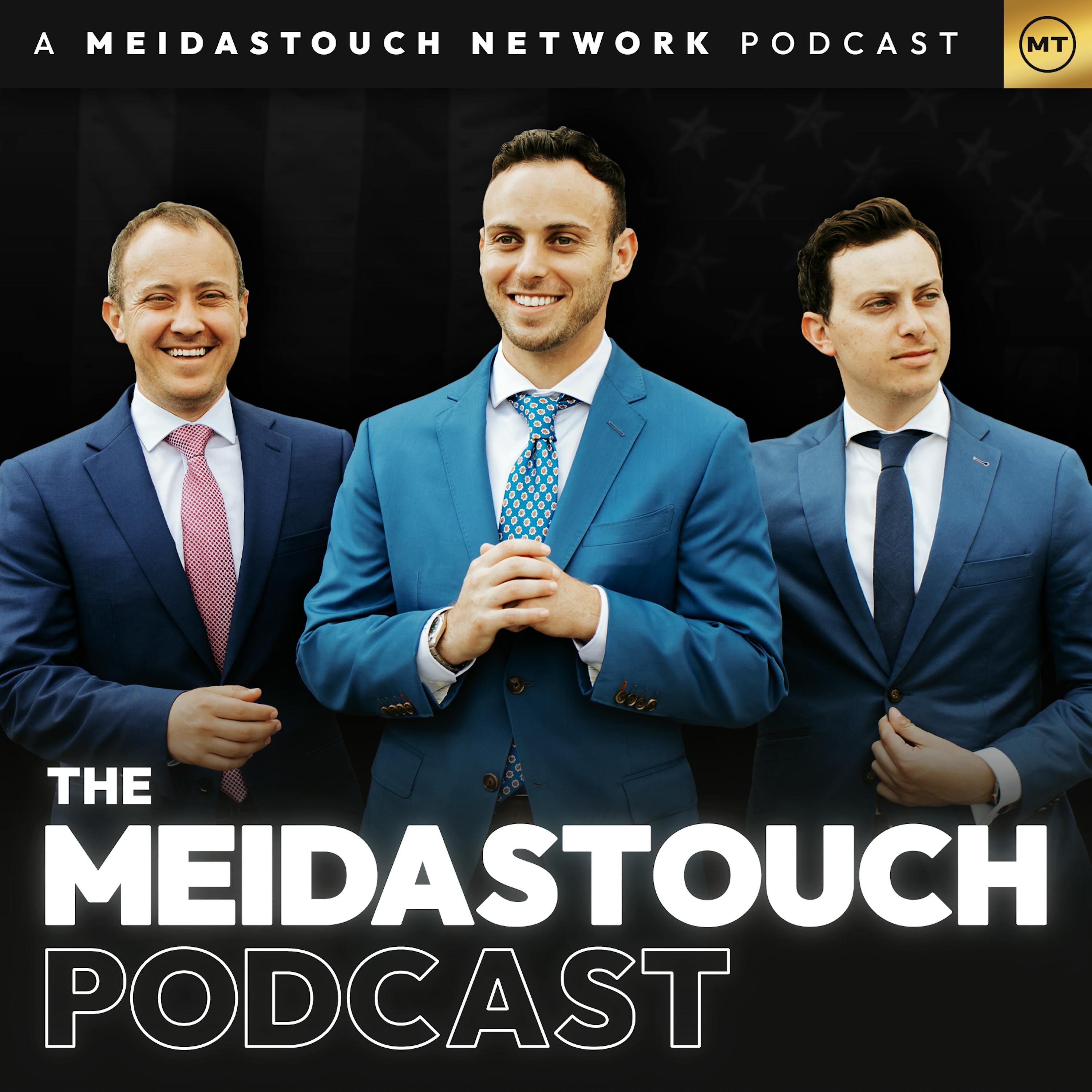PortalsOS
Related Posts
Vote to see vote counts

The COVID-19 pandemic led to a significant increase in prices due to the Federal Reserve printing more money, which devalued the purchasing power of the dollar.

Electricity prices are rising at twice the rate of inflation, and grocery prices are at their highest in three years, making it increasingly difficult for families to manage their expenses.
The use of mortgages has allowed for the creation of large amounts of money, pushing house prices up. If houses were bought with cash, prices would be closer to what people earn.
Dominic Frisby explains that the reason things are more expensive today than in the past is due to the lack of constraints on money creation. He highlights that prices in the UK have increased twice as much as in the US because the pound has been roughly twice as weak as the US dollar.
The cost of living is rising, with fast fashion contributing to increased clothing prices due to global shipping and production practices.

Since the final vestiges of the gold standard were abandoned in 1971, the supply of money has ballooned. This has led to more money chasing the same amount of goods, contributing to the rise in prices over the years.
College tuition has increased by 900% since 1983, leading to questions about the value of a college degree.
During the 19th century, consumer prices decreased by more than half, allowing wage earners to buy more over time. This contrasts sharply with today's economy, where money buys less each year.
House prices have increased by three and a half times the rate of salary increases since 1970. In the 1970s, a single salary could afford a house, but now it requires two salaries and significant debt.

The world of fast fashion has complicated clothing production, leading to rising costs for consumers.